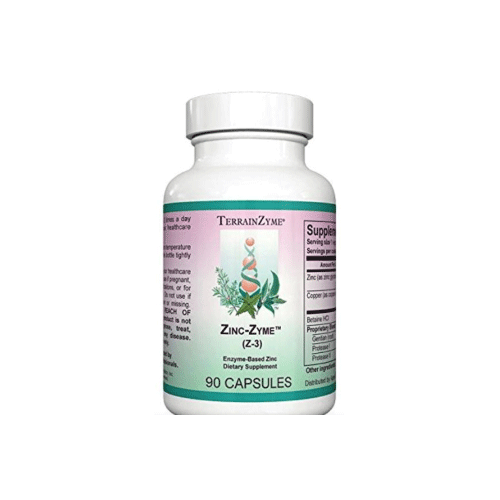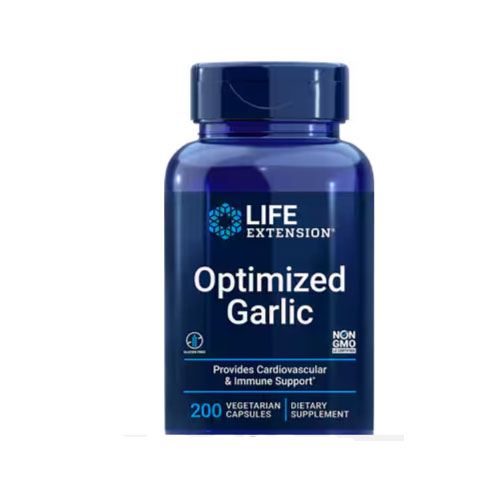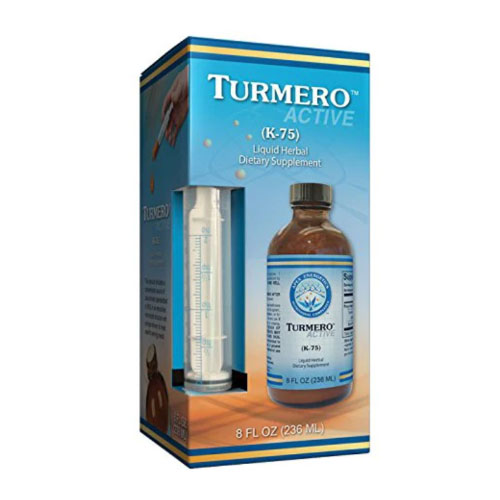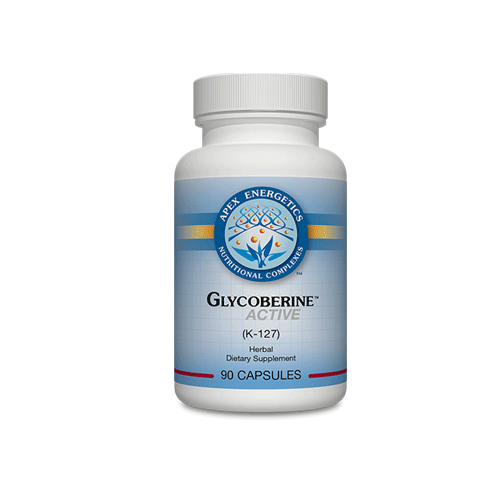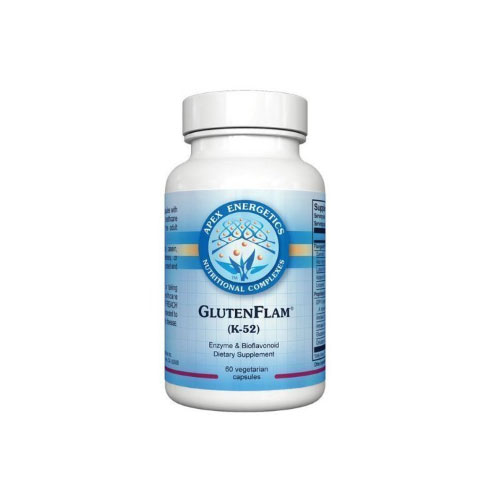Cortisol, the stress hormone, is produced in the adrenal glands. It balances blood sugar, maintains proper bodyweight, regulates the immune system, sleep quality, sodium regulation and affects the pituitary and thyroid glands. When the body is stressed, the adrenal glands increase cortisol production to maintain homeostasis. When the stress passes, cortisol levels return to normal. Cortisol is elevated by stress, depression and synthetic progesterone intake. If the adrenal glands are overwhelmed and cannot keep pace with the demands placed upon them by the total amount of stress, the result is adrenal exhaustion or Adrenal Fatigue. Cortisol production in response to stress is cumulative. High cortisol levels increase the risk of osteoporosis, fatigue, irritability, sugar cravings, shakiness between meals and confusion. Other symptoms are low energy, night sweats, thinning of the skin, muscle weakness, easy bruising, weight gain in the middle, sleep disturbance and binge eating. Elevated cortisol levels result in high blood pressure, high cholesterol, high triglycerides, and elevated blood sugar. There is an increase in insulin resistance and impaired thyroid function. Abnormal cortisol levels are associated with menopause, chronic fatigue syndrome, depression, impotence, anorexia, diabetes, panic attacks, perimenopausal or menopausal symptoms (PMS), infertility, sleep disorders, heart disease, memory loss, irritable bowel syndrome, exacerbation of multiple sclerosis, breast cancer, and rheumatoid arthritis. If left untreated, elevated cortisol production ends in adrenal burnout. The ability to respond to stressful situations with resultant fatigue, low blood pressure, light sensitivity, digestive problems, lack of motivation, hypoglycemia, decreased libido, decreased stamina, poor wound healing, alcohol and drug addiction, unresponsive hypothyroidism, allergies, poor wound healing, and emotional well being is lacking.1
Cortisol competes with progesterone. An increase in cortisol results in a decrease in progesterone. Cortisol binds thyroid hormones rendering the thyroid less active. At menopause, estrogen decreases, cortisol levels rise, norepinephrine, serotonin, dopamine, and acetylcholine, the neurochemicals necessary for proper brain function, decline. Patients with Adrenal Fatigue present with a distinct daily energy pattern. There is difficulty in waking up early in the morning. They don’t feel fully awake until at least 10 a.m. and always wake tired as if they didn’t sleep at all. Their best sleep often comes between 7 and 9 a.m. 2After the noon meal, they feel better and fully awake only to suffer a drop of energy with a need for a nap from 2 to 4 p.m. Their best time of day is after 6 p.m., with another slump between 9 and 10 p.m. They often resist going to bed and will get a second burst of energy after 11 p.m. lasting until 1to 2 a.m. Their best work is done late at night. Chronically elevated cortisol levels result in a craving for salt,high-fat foods, and caffeine. Patients often are hypoglycemia under stress and are intolerant to high potassium foods (beans, veal, molasses, bananas, dried fruit). PMS is exacerbated. Every effort is a struggle. Clinical tests for Adrenal Fatigue include a drop of blood pressure by 10 mm/hg upon rising from a lying position, an inability of the iris to hold a contraction when light is shone into the eye. Dr. James Wilson has an extensive questionnaire on his website www.adrenalfatigue.org.About 25 percent of patient’s with Adrenal Fatigue respond positively to having a line drawn on their abdomen with a blunt instrument. Rather than turning red as in non-fatigued adrenals, a white line remains for minutes Sargeant’s WhiteLine.Pain or tenderness when the adrenals are pressed is a PositiveRogoff’s sign, another characteristic of adrenal exhaustion. Pressure pain is present when palpating around the navel at an angle of 45 degrees toward the umbilicus. A rapid pulse, defined in Japanese acupuncture literature as90 beats per minute or more, is present in Adrenal Fatigue. A slow pulse indicates that the excess energy has turned into a deficiency. The preferred laboratory test for Adrenal Fatigue is a four-point saliva test. Saliva is tested at four different times in one day along with salivary DHEA-S, progesterone, estrogens, and testosterone. Treatment of adrenal fatigue is accomplished by replacing DHEA, adding adaptogenic herbs, licorice (not movie licorice,the herb), a proper anti-inflammatory diet and a variety of nutrients, including a multi-glandular designed to support adrenal function, Vitamins B and C, calcium, magnesium,zinc, selenium copper, manganese, phosphatidylserine, fish oil, cortef and stress reduction techniques. Adding medical acupuncture and moxibustion to the treatment protocol greatly enhances and shortens the recovery period.
Adrenal fatigue is a long-term chronic disease. It will not respond rapidly or evenly to treatment. It takes six months to two years for a good recovery. Elevated cortisol levels with resultant adrenal fatigue can interfere with thyroid function and mask hypothyroidism. High cortisol levels inhibit the 5’deiodinase enzyme that convertsT4 to T3 in the liver. The patient experiences hypothyroid symptoms with “normal” T4 levels and increased conversion to reverse T3. TSH in the pituitary gland is inhibited and subsequent blood tests reveal normal free T4 and normal or low free T3 together with a “normal” or low TSH. About 80 percent of patients with low adrenal fatigue have low thyroid function. Common symptoms of both subclinical hypothyroidism and adrenal fatigue include fatigue, depression not relieved by antidepressants, apathy, difficulty focusing, lack of enjoyment, poor memory, irritable or anger over trivial matters, and sleep disturbances. Common signs include increased aging, lack of stamina, constipation, dry skin and decreased immunity. There are differences between sub-clinical hypothyroidism and adrenal fatigue. In hypothyroidism, fatigue lasts all day, energy levels are relatively the same all day long, and preferred foods are caffeinated and sugary. Adding salt to the diet makes no difference in symptoms. There is extreme intolerance to cold and hair loss on the scalp and lateral third of the eyebrow. Constipation is a prominent feature. Excess weight is distributed to the hips and thighs. Adrenal fatigue patients are tired early in the morning and mid-afternoon. They feel worse in the morning and best after6 p.m. Their preferred foods are salt, caffeine with fats and protein. Symptoms improve when adding salt to the diet. Cold intolerance is mild, if present at all, hair loss is limited to the lateral calf in men, and constipation is mild and often alters with diarrhea. Excess weight settles in the midsection.
References
- Wilson, James, What is Adrenal Fatigue, http://www.adrenalfatigue.org/what-is-adrenal- fatigue. Accessed February 16, 2015
- Metcalf, Eric, http://www.webmd.com/a-to-z-guides/features/adrenal-fatigue-is-it-real, Accessed February 16, 2015


